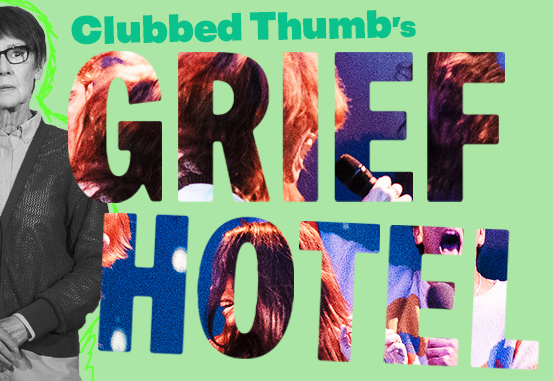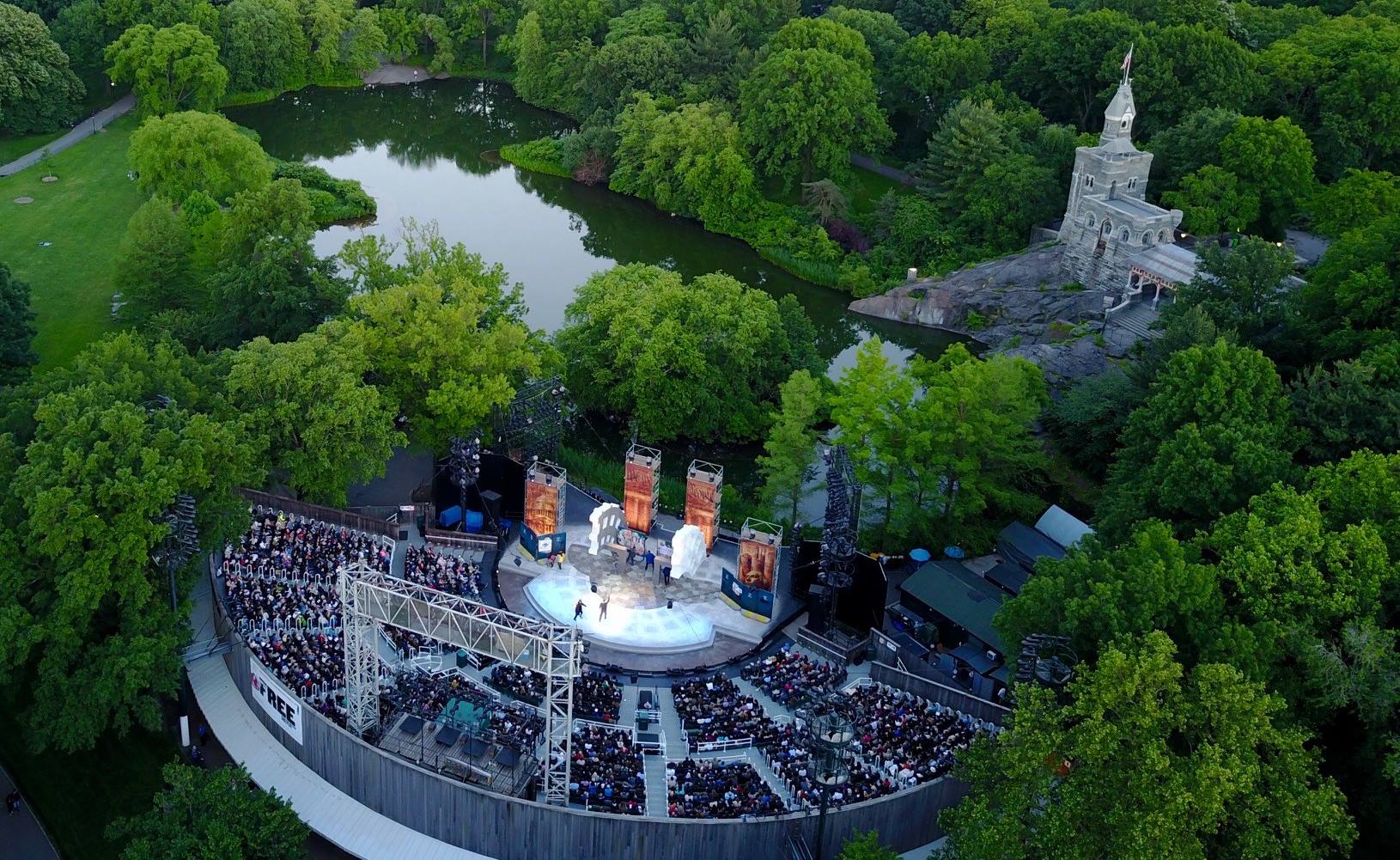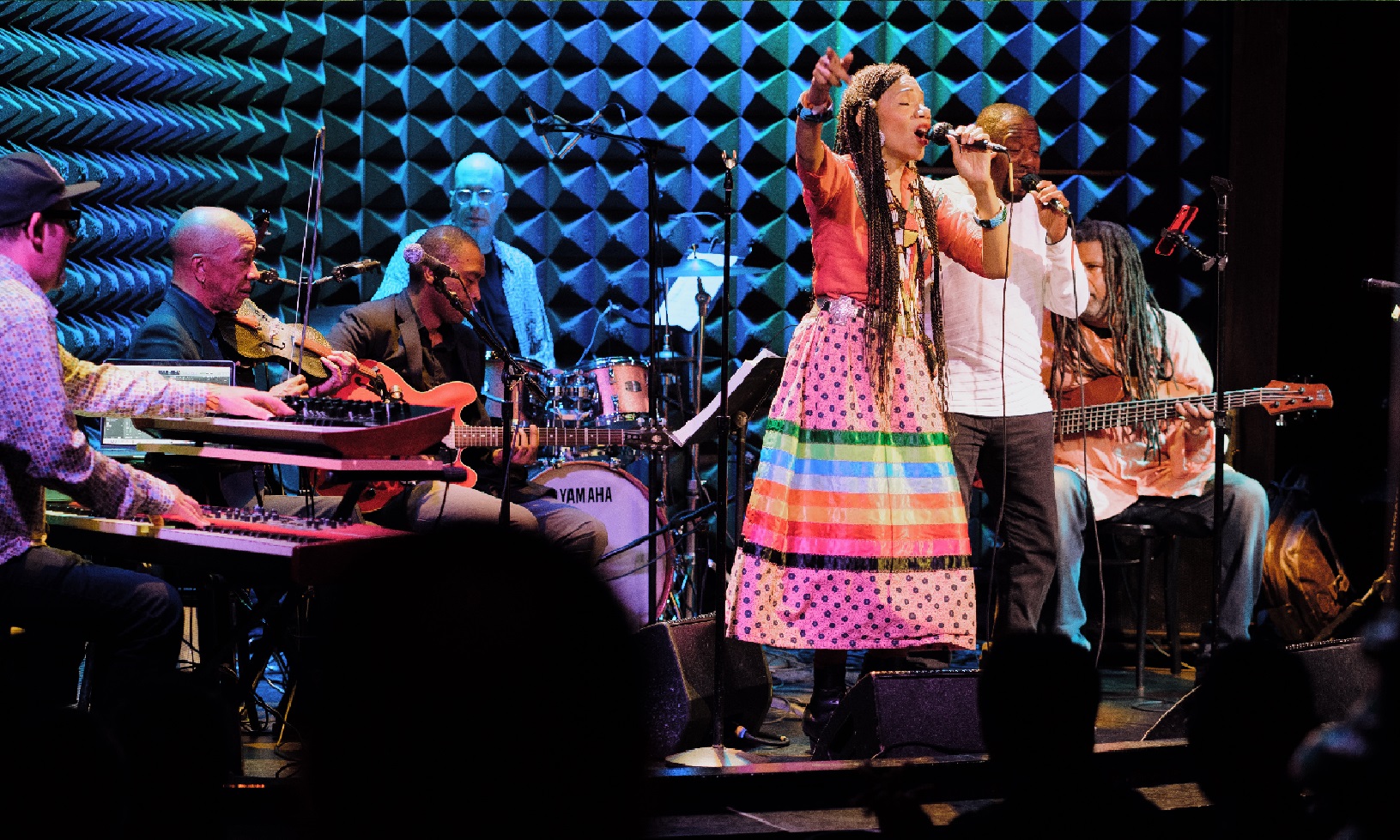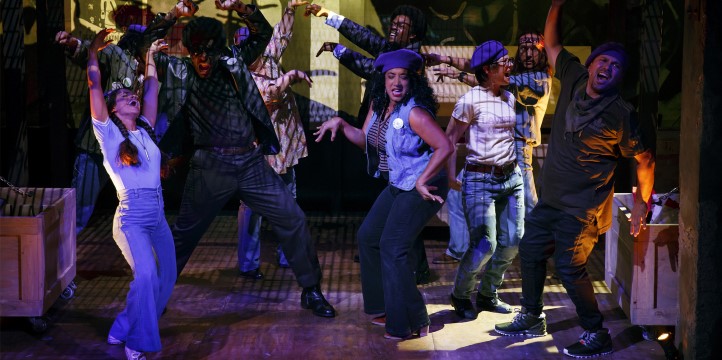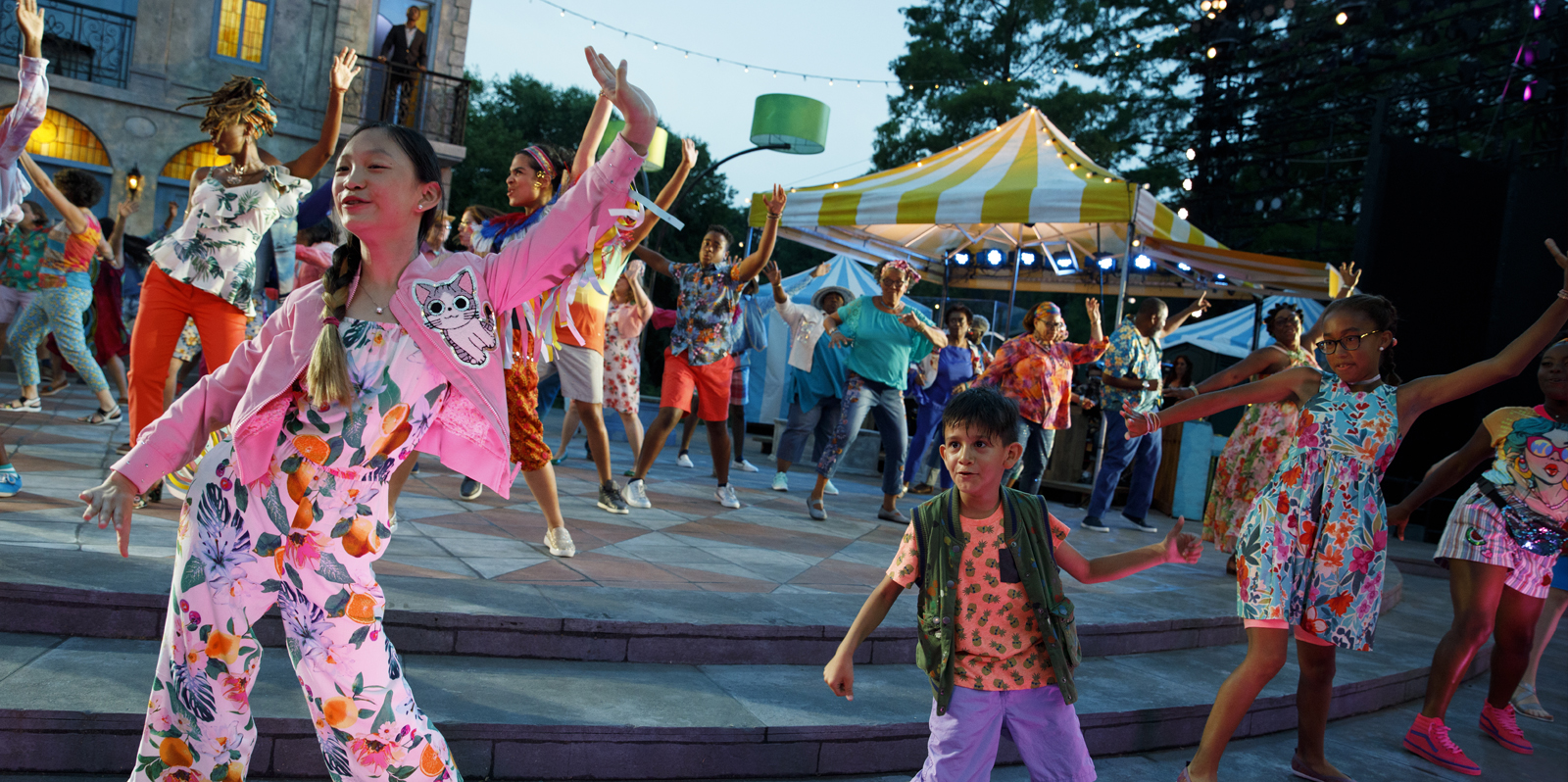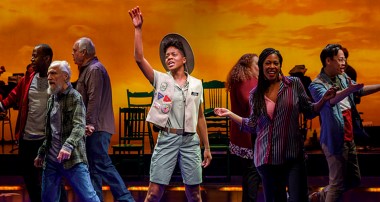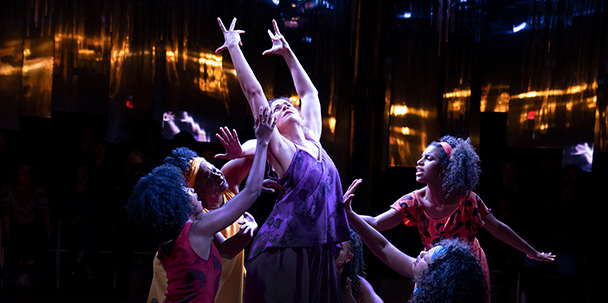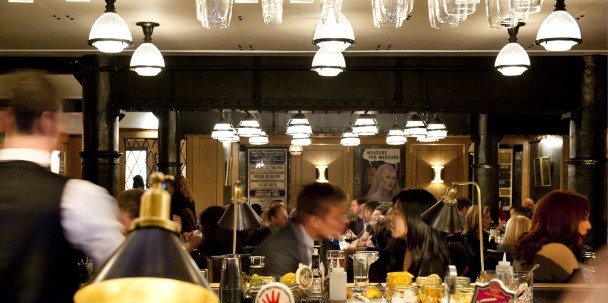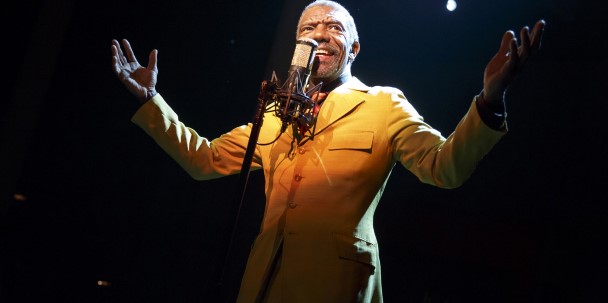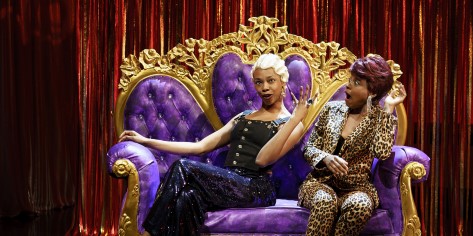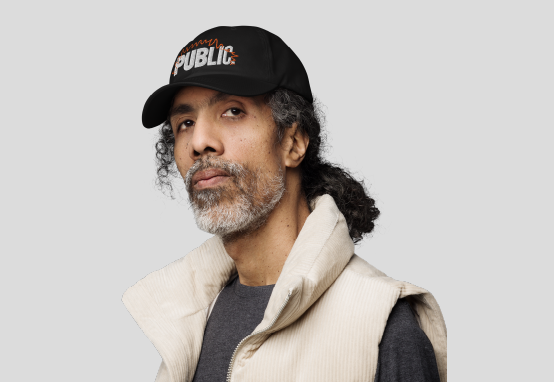Ntozake Shange left behind a legacy, creating a collective language for many women of color with her work. To celebrate this revival and the all-women of color creative team of FOR COLORED GIRLS WHO HAVE CONSIDERED SUICIDE/WHEN THE RAINBOW IS ENUF, we invited photographer CHRISTINE CHAMBERS to capture the creative team through the lens of her portrait photography. Outside the photography studio, we asked the team to reflect on what being on this production and part of an all-women of color creative team means today and for the future.
Third in this series of interviews is Myung Hee Cho
What does the legacy of for colored girls… mean to you, and how has that impacted your work?
It's incredible that this was written in the ‘70s but it resonates with us so strongly. That’s what's great about being in this particular play: how empowering it is for me, and for the audience; how it impacts me, how it still has that strength, and how it still is relevant, because so much more work needs to be done. Also it is amazing how unapologetic, how truthful Shange is. She gives us voice and she gives us strength. She's just a great role model. I think representation is important and to have this kind of production produced is huge. It’s important to continue to be seen and heard, so more people can be inspired. I'm inspired to do more..
What has your experience working on an all-women of color design team been like?
If I could say one word, it feels very rich; it’s rich with support, and rich with who we are. It’s gracious and kind, especially Leah [Gardiner], who really wanted this all person of color creative team and the actresses. She’s incredibly embracing of us all and I'm just awed.
And of course I'm thrilled to be back at The Public. It's the place where I feel like I started my career and myself. I was just out of school when I was first hired at The Public. I was so green, and I felt very supported and nurtured. I'm thrilled to be back, and to be back on a production like this. It feels like a homecoming for me, but at the same time feels exceptionally unique and special to be in this particular group of artists.
What is your biggest challenge as a designer?
I would say that time was challenging – not having enough time to do the thing. The Public, again, has given me enormous and generous support for this show. But time, and raising children in professional life is challenging. However many of us do it and we continue to do it, and hopefully my kids have benefitted from mom working in theater!
Who/what inspires you in your designs?
I approach design through the characters, through the script, and with the director's vision in mind. When I try to create this space and the world for the play, I really look for a space that is emotional and architectural at the same time: a space, even if it's spare, that is able to transform and evolve. I look to create a space that's flexible, and inviting, and able to evolve with the story in a very fluid way. For this particular piece, I wanted it to be inviting, communal, celebratory, and honoring of the stories and the women who tell the stories.
What is your advice to women of color interested in pursuing a career similar to yours?
I deal with this a lot because I'm the head of a program at UCLA, and I really try to recruit and encourage women of color. I don't have too many women of color applicants, and when I do meet them, I say that they can do this, that they have the talent, and that if there's an inkling, they should pursue it. They should trust their instincts and believe in their dreams. We need designers of all colors and races, because theater embraces all, it celebrates individuality. So I tell them to dream big, trust yourself, and pursue it. Finding mentors and finding institutions who are committed, I think is also key. And I think The Public has shown that, leaning into productions like this, and the programs that they do.
This interview has been edited for length and clarity.
Photo by Christine Chambers

